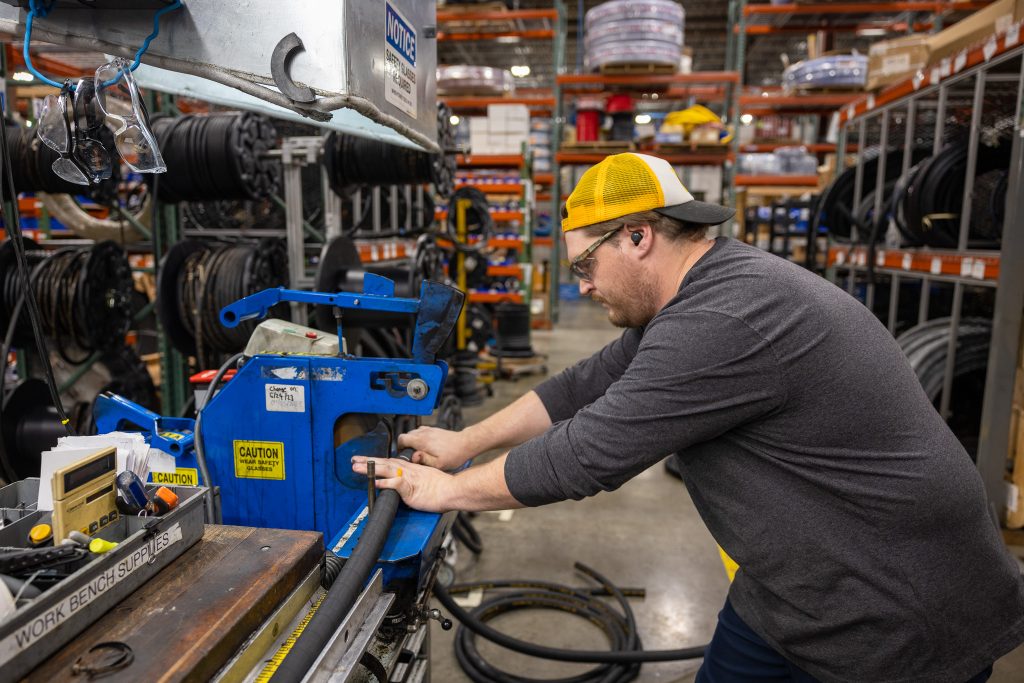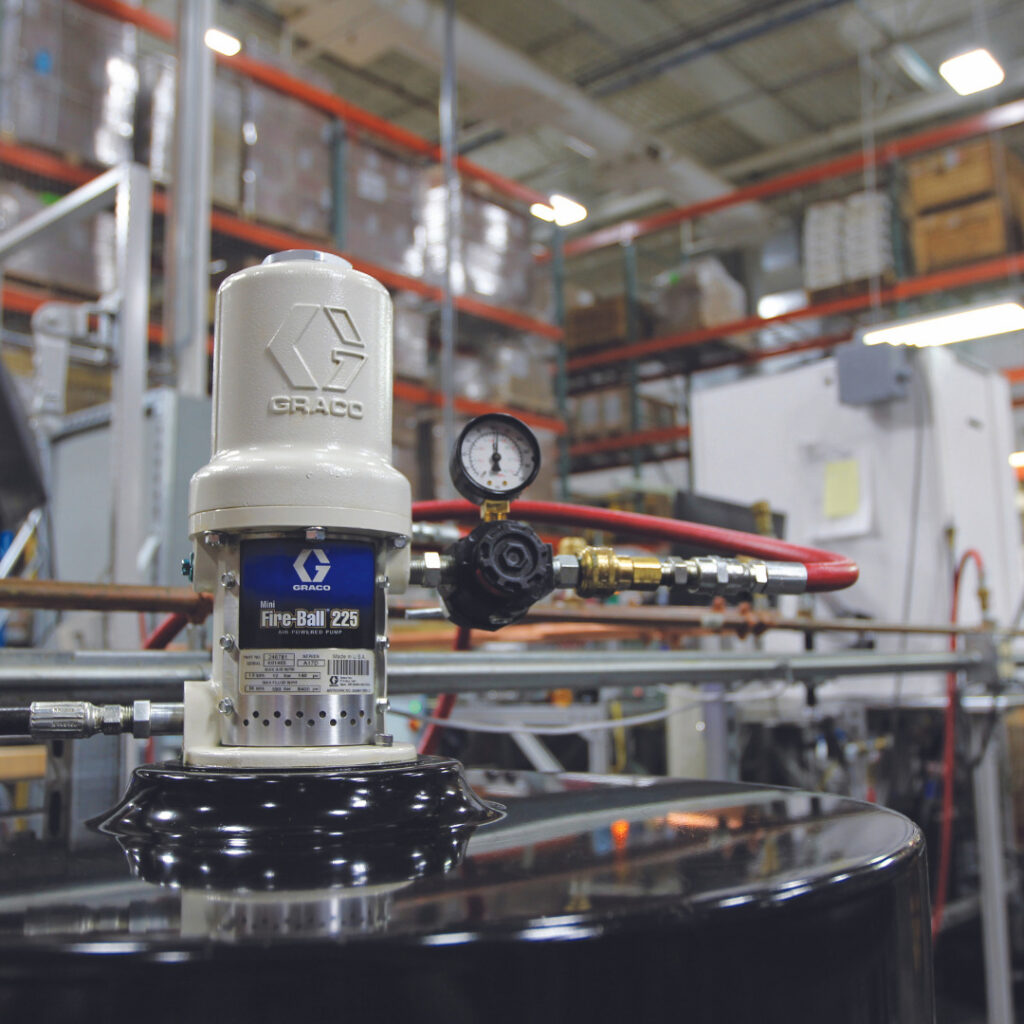By partnering with our sister brand, PennAir, we’re able to offer our customers comprehensive solutions for critical components. Through this collaboration, we provide top-notch repair and maintenance services for air-operated diaphragm pumps, oil and grease pumps, and hydraulic hose and fittings. Their expert team ensures your equipment runs efficiently, reducing downtime and extending the lifespan of your machinery.

With the help of PennAir, Allied offers its customers inspection and repair services for grease and oil pumps. Repair and replacement parts for Lincoln & Graco pumps can be purchased directly from PennAir’s walk-in service counter. Simply visit PennAir’s factory trained service counter to get back in operations quickly.
Spare pumps can be purchased at a discounted rate to keep lubricants flowing while you wait.



Is the pump not cycling? The most common cause of this is air motor failure. This repair is typically 2-4 hours upon receipt and start of repair.
Is the pump cycling but not putting out product? The most common cause of this is check valve issues delivering the product out of the pump. This repair typically is 2-4 hours upon receipt and start of repair.
Is the product flow too slow at the end of the line? There are two most common causes of this. The first being a check valve issue. The second is the pump, or the delivery equipment is not adequately sized for the application. Reach out to PennAir Service Counter at 717-840-1600 for help with this problem.
Air-operated double-diaphragm pumps are renowned for their reliability and consistent performance, but they require regular maintenance and occasional repairs to ensure their long-term durability.
PennAir offers a comprehensive range of hose assembly services, including hydraulic, pneumatic, and water hose assemblies, as well as steel tube assemblies. They provide replacement, custom, and pre-made assemblies with a wide variety of hose ends, including metric, British, and standard types. The service is designed to minimize downtime with quick turnaround times, ensuring machinery is back in operation swiftly. Their trained technicians can build most hose assemblies within half an hour, using a vast inventory of hose ends and parts.

PennAir’s walk-in counter houses:
Regularly check for contamination, maintain proper lubrication, and replace worn-out parts. Implementing a routine maintenance schedule is critical
Common signs include erratic operation, visible frost on the pump, leaks, and unusual noise during operation. Addressing these issues promptly can prevent further damage
Immediately shut down the system and inspect the hose for damage. Replace the hose if necessary and ensure proper installation to avoid future leaks
Hydraulic hose fittings should be replaced if there are visible signs of wear such as cracks, corrosion, or leaks. Additionally, if the hose shows signs of damage such as abrasions, blisters, or kinks near the fittings, it’s a good indication that the fittings might need replacement. Regular inspections and preventive maintenance can help identify these issues early, ensuring the hydraulic system operates efficiently and safely.
British, metric, and standard hydraulic fittings differ primarily in their thread types and sizes. British fittings often use BSP (British Standard Pipe) threads, metric fittings use metric threads measured in millimeters, and standard fittings typically use NPT (National Pipe Thread) or SAE (Society of Automotive Engineers) threads. It’s essential to match the fitting type to the equipment to ensure a secure and leak-free connection.